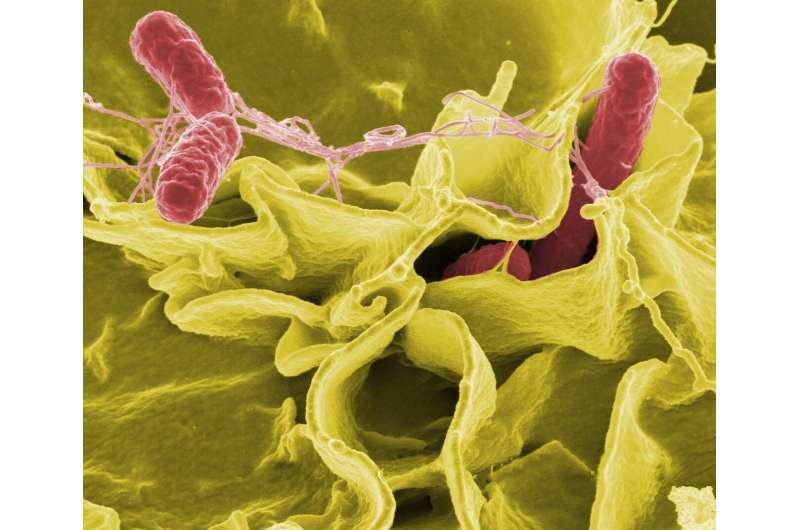Revolutionary Gut Bacteria Therapy Shows Potential for Kidney Stone Prevention

Innovative research at Stanford has developed genetically modified gut bacteria capable of reducing oxalate levels, showing promise in preventing kidney stones through animal and human trials.
Recent advances in microbiome research reveal that genetically engineered gut bacteria could become a novel treatment for kidney stones. Scientists at Stanford University have developed modified bacteria aimed at reducing oxalate levels, a primary contributor to kidney stone formation. Their study, published in Science, demonstrates promising results from both animal and human trials.
The research focused on Phocaeicola vulgatus, a bacterium naturally present in the human gut. The scientists genetically altered this microbe to enhance its ability to degrade oxalate, a chemical compound linked to kidney stones. To regulate the bacteria's activity, they also incorporated the consumption of porphyran, a seaweed-derived nutrient that serves as a control mechanism for the bacteria's population.
In animal experiments, rats fed diets high in oxalate showed significant reductions—up to 47%—in urinary oxalate levels after receiving the engineered bacteria. Additionally, rats that underwent a gastric bypass procedure mimicking human enteric hyperoxaluria exhibited a 51% increase in urine oxalate, which was completely counteracted when colonized with the modified bacteria. Importantly, the bacteria could be eliminated by removing porphyran, indicating a controllable and reversible process.
The study also included a phase 1/2a clinical trial involving 39 healthy individuals and patients with enteric hyperoxaluria (EH). Results showed that colonization of the engineered bacteria was dose-dependent and generally reversible upon stopping porphyran intake. Some bacteria mutations were observed, likely due to genetic exchange within the microbiome, but these did not cause adverse effects.
Participants with EH experienced some benefits, including a 27% average reduction in urinary oxalate, though the results were not statistically significant, possibly due to small sample size. The study highlights ongoing challenges like bacterial stability and mutation, but also indicates the potential of microbiome-based therapies for kidney stone prevention.
Overall, researchers are optimistic that with further refinement, engineered gut bacteria could offer a safe, effective, and non-invasive approach to managing conditions related to oxalate accumulation and kidney stones.
Source: [https://medicalxpress.com/news/2025-07-genetically-gut-bacteria-combating-kidney.html]
Stay Updated with Mia's Feed
Get the latest health & wellness insights delivered straight to your inbox.
Related Articles
Rise in Salmonella Infections in England: How to Protect Yourself
Salmonella cases in England have hit a ten-year peak, prompting health experts to advise proper food hygiene practices to stay safe. Learn how to protect yourself against infection.
Brain Abnormalities in Children Linked to Prenatal Exposure to Widely Used Pesticide
Research links prenatal exposure to the pesticide chlorpyrifos with lasting brain abnormalities and motor impairments in children, highlighting ongoing environmental health concerns.
How to Recognize and Respond to Heat Exhaustion and Heat Stroke
Learn how to identify the symptoms of heat exhaustion and heat stroke, and discover essential tips for prevention and emergency response during extreme heat conditions.
Review Finds Lack of Evidence Supporting Ketamine for Chronic Pain Treatment
A new review reveals little scientific support for ketamine's effectiveness in treating chronic pain and highlights potential risks involved. Experts call for more high-quality trials to clarify its safety and benefits.



